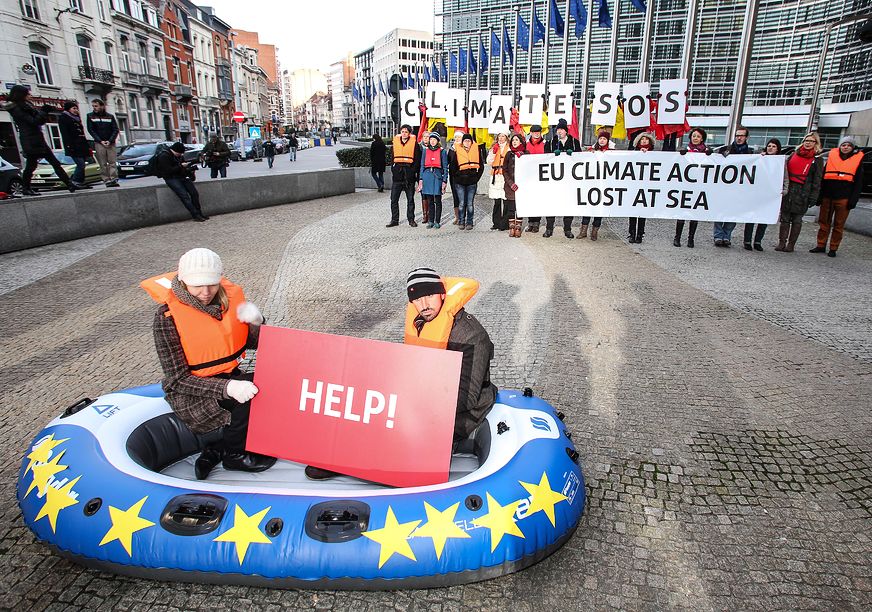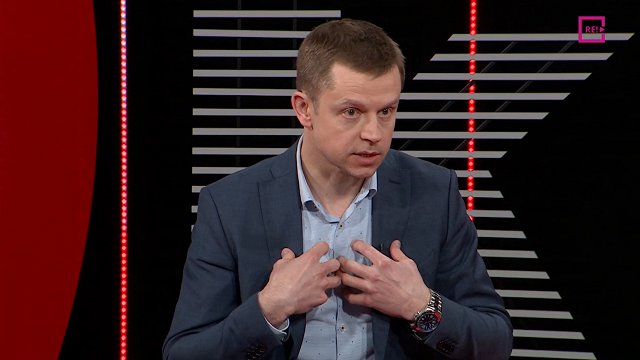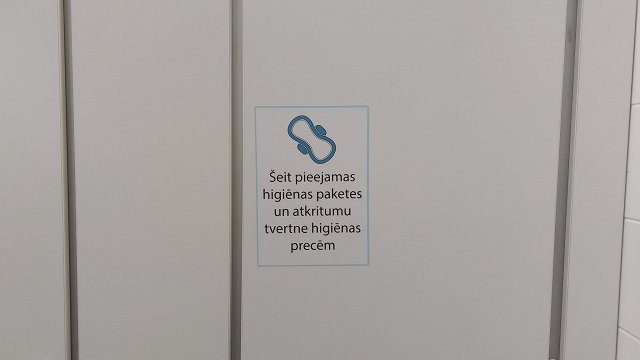Despite concerns that Latvia would face massive losses to the national economy from implementing the proposed long-term climate-control emissions restrictions, the latest draft of the document shows Latvia to have received more favorable concessions than expected.
EU leaders agreed that member-states with lower GDPs per resident would have reduced greenhouse-effect gas emissions limits. Also, the Emissions Trading System scheme, which includes the agriculture and transportation sectors, will also see a more advantageous position for Latvia, which managed to extend a 10% emissions reduction goal applicable until 2020 an extra decade to 2030.
Prime Minister Laimdota Straujuma remarked through the Cabinet of Minsters' press service Friday that "Latvia has succeeded in including the conditions in the climate and energy package that will strengthen energy security."
"We agreed at the European Council that the national specifics of the countries will be taken into account. In case of Latvia, it is a share of transport and agriculture in the emissions' balance sheet. Given the limited potential for reducing emissions in agriculture, we will search for a specific solution", explained the premier.
As for developing links between regional European energy grids, the Baltic states are singled out for synchronizing electricity and gas networks to ensure energy independence from Russia and put an end to their isolation from the EU markets.
The Prime Minister also expressed satisfaction over the fact that the European Council has paid special attention to the problems of energy dependence of the Baltic States.The Environment and Regional Development Ministry points out that Latvia’s greenhouse gas emissions are still close to levels recorded in 2005. This means that while the state’s GDP has grown, emissions have not increased at the same rate as growth, and that climate policy is not in contradiction to economic development indicators.
Some of the details still to be negotiated included emissions quotas on large energy-consuming enterprises. Among the better-known companies listed as such in Latvia are shipbuilder Rigas kugu buvetava, women’s wear factory Lauma Fabrics, fiberglass producer JSC Valmieras stikla skiedra, cement producer Cemex, Olaine chemical plant Biolars and others.
According to the framework, each member-state will set its own renewable energy resources and energy-efficiency goals based on a benchmark of 27%.



























